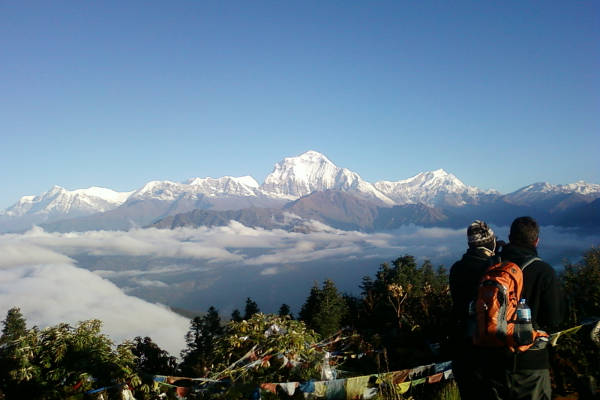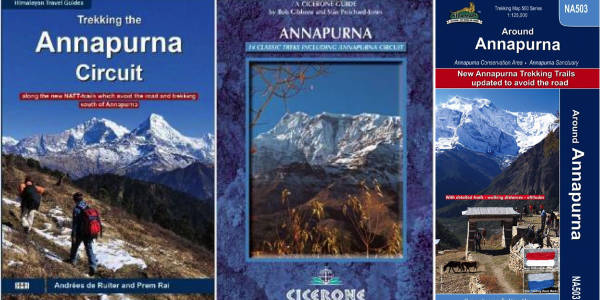The Annapurna Sanctuary Trek is one of the most popular treks in Nepal after Everest Base Camp. Its climate varies from sub-tropical to Alpine, so there is a wondrous selection of flora and fauna, and you will come across many ethnic groups.
This trek is somewhat strenuous but requires no prior trekking experience. Most people take between 10 and 16 days to carry out this trek.
On this page, you will find a comprehensive and impartial guide to the Annapurna Sanctuary Trek.
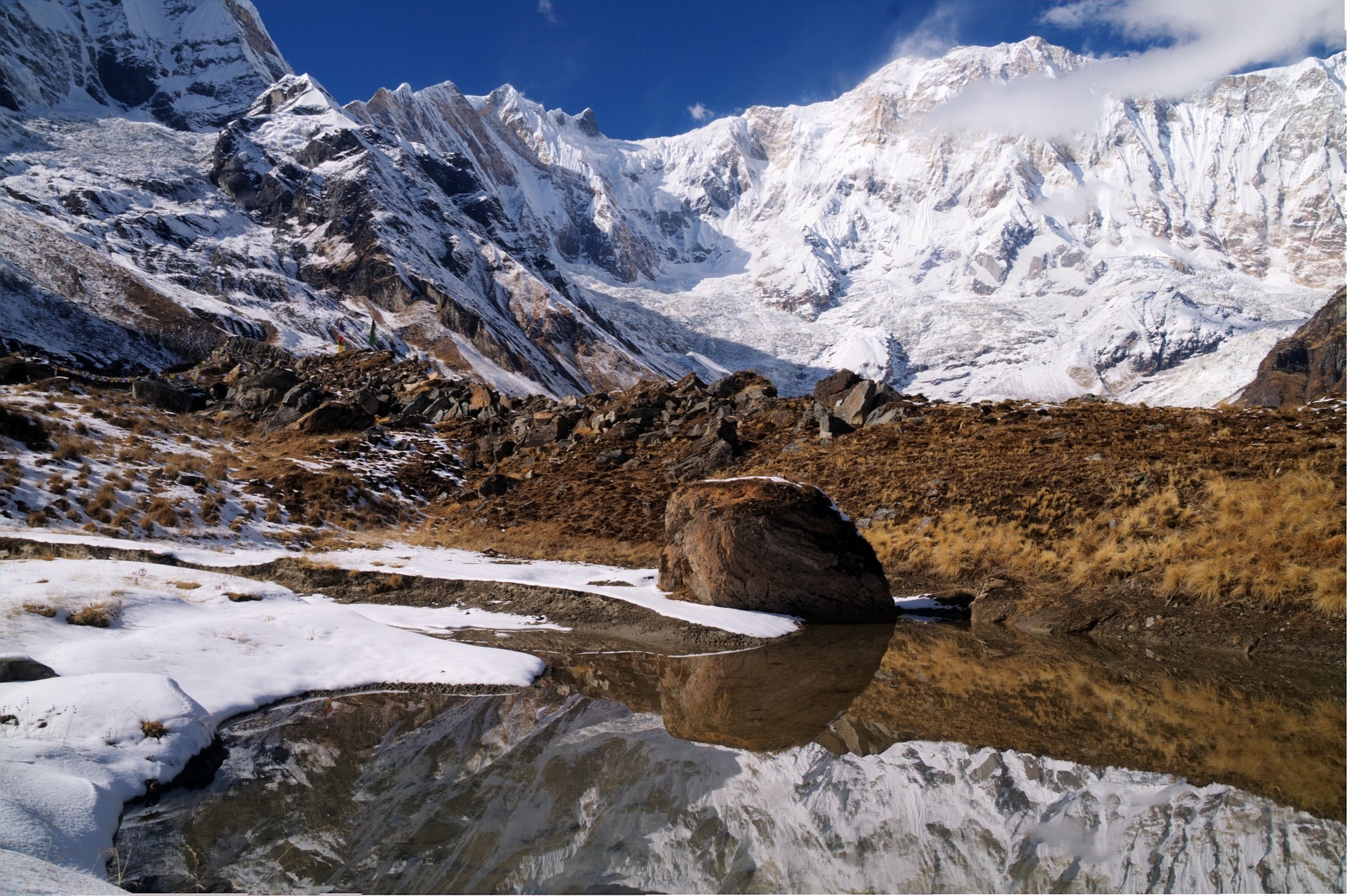
Annapurna Sanctuary Trek
The Annapurna Sanctuary Trek is the best option if you would like to get spectacularly close to the Himalayas but have no time for the acclimatisation required of other treks such as the Annapurna Circuit or the Dhaulagiri Circuit Trek. The highest altitude attained is 13,550 feet which, although still high, is lower than most treks in the region.
The Annapurna Himal is a huge massif with several peaks above 23,000 feet. A section of this range forms an amphitheatre by the name of the Annapurna Sanctuary, containing Annapurna I, Fang, Gangapurna, Glacier Dome, Hiunchuli and Machapuchhare. With so many surrounding mountains, sunlight is restricted to only 7 hours a day in summer.
At 26,545 feet, Annapurna I is the tenth highest mountain in the world. It was the first of more than 26,000 feet to ever be summitted – in June 1950 by a French party led by Maurice Herzog. Herzog’s classic account of his summit went by the title of Annapurna: The First Conquest of an 8000-Metre Peak – which we highly recommend.
The only entrance to the Sanctuary is a narrow pass between Hiunchuli and Machapuchhare. The sanctuary is regarded as the dwelling place of Shiva, the harvest goddess. It was not entered by outsiders until 1956, and only recently was the bringing of eggs or meat or the admission of women and Dalits – untouchables – permitted. The Annapurna Sanctuary Trek winds its way through the valley below the mountains. The route has been used by traders for centuries and you will share the trail with locals hefting bags of rice and crates of chickens.
Accommodation on the trek is usually in tea houses. The teahouses are almost always family-owned and are usually of good quality. Toilets are usually housed in an outside structure and will sometimes be squatters. “Flushing” is effected by means of a bucket of water. Hot showers are usually available at additional cost.
The Kali Gandaki river is one quarter of a mile wide and ensconced by the world’s deepest gorge. In winter, it is virtually dry but during the monsoon in summer it is gorged with rainwater. Fossils can be found on the banks of the river.
Please Note: The trails on the trek are generally good, however, they can often be fairly steep and the path through the forest when you approach the sanctuary can be slippery. It is possible to trek without a guide.
You will meet many other trekkers along the way. A map and guidebook ought to be sufficient (see below for recommendations).
Please remember to plan your day to avoid trekking after nightfall.
Annapurna Regional Map
The Sanctuary is located 29 miles due north of Pokhara, Nepal’s second city, 13,120 feet above sea level. See the map schematic below.
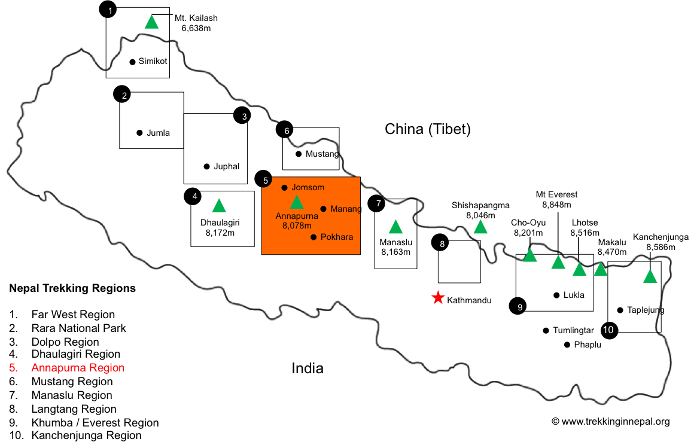
Recommended Annapurna Map
There are two maps for this region. We recommend Around Annapurna 1 : 125 000: Annapurna Conservation Area – Annapurna Sanctuary. It includes detailed trails, walking distances and altitudes.
We have also provided links and recommendations to new guides and maps below.
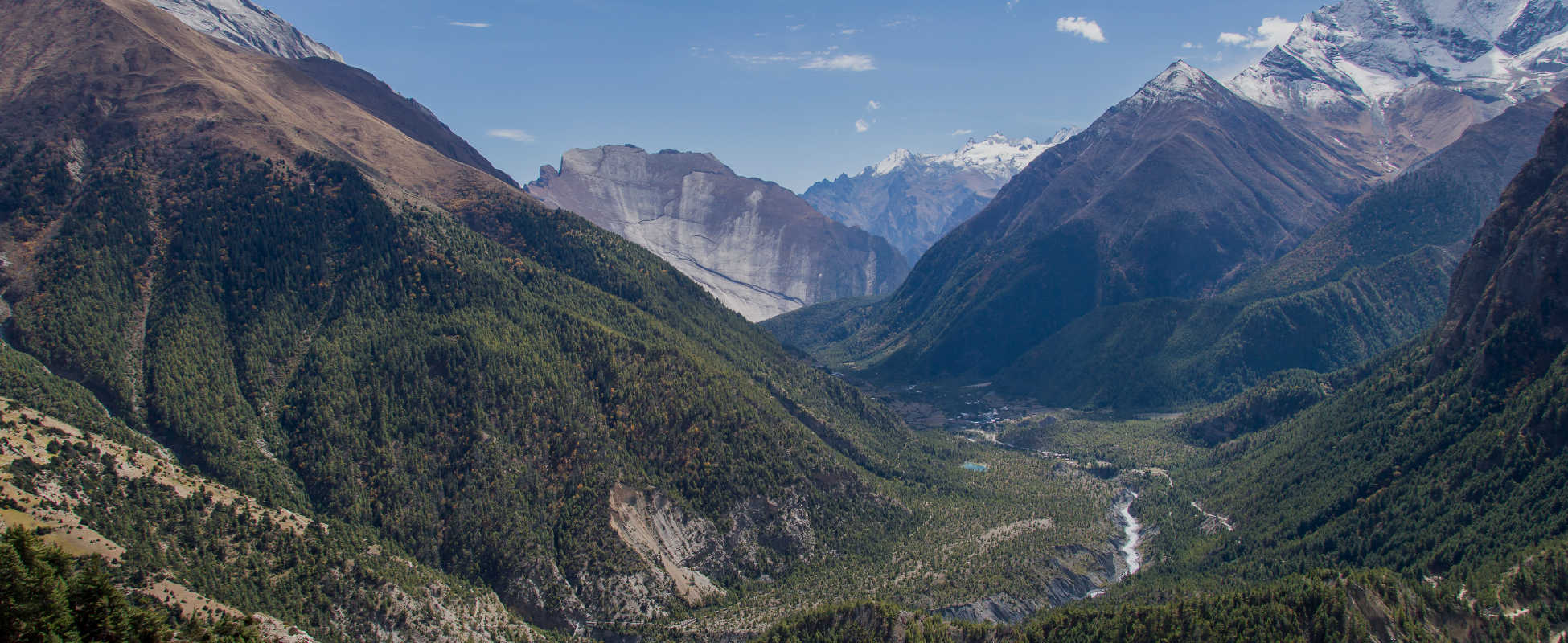
Typical Itinerary
Please be aware that there are several Annapurna Sanctuary trek itineraries that can be done. Below we have laid out the most popular version – 13 days, leaving from Kathmandu. If you want to make your own way to Pokhara then you could probably organise this with your operator or guide.
Day 1-2
You will arrive at Tribhuwan International Airport in Kathmandu, where you stay overnight at a hotel. This is the 'City of a Thousand Temples', where every second day is a festival and there are several UNESCO World Heritage Sites.
See more in our guide on good things about Kathmandu.
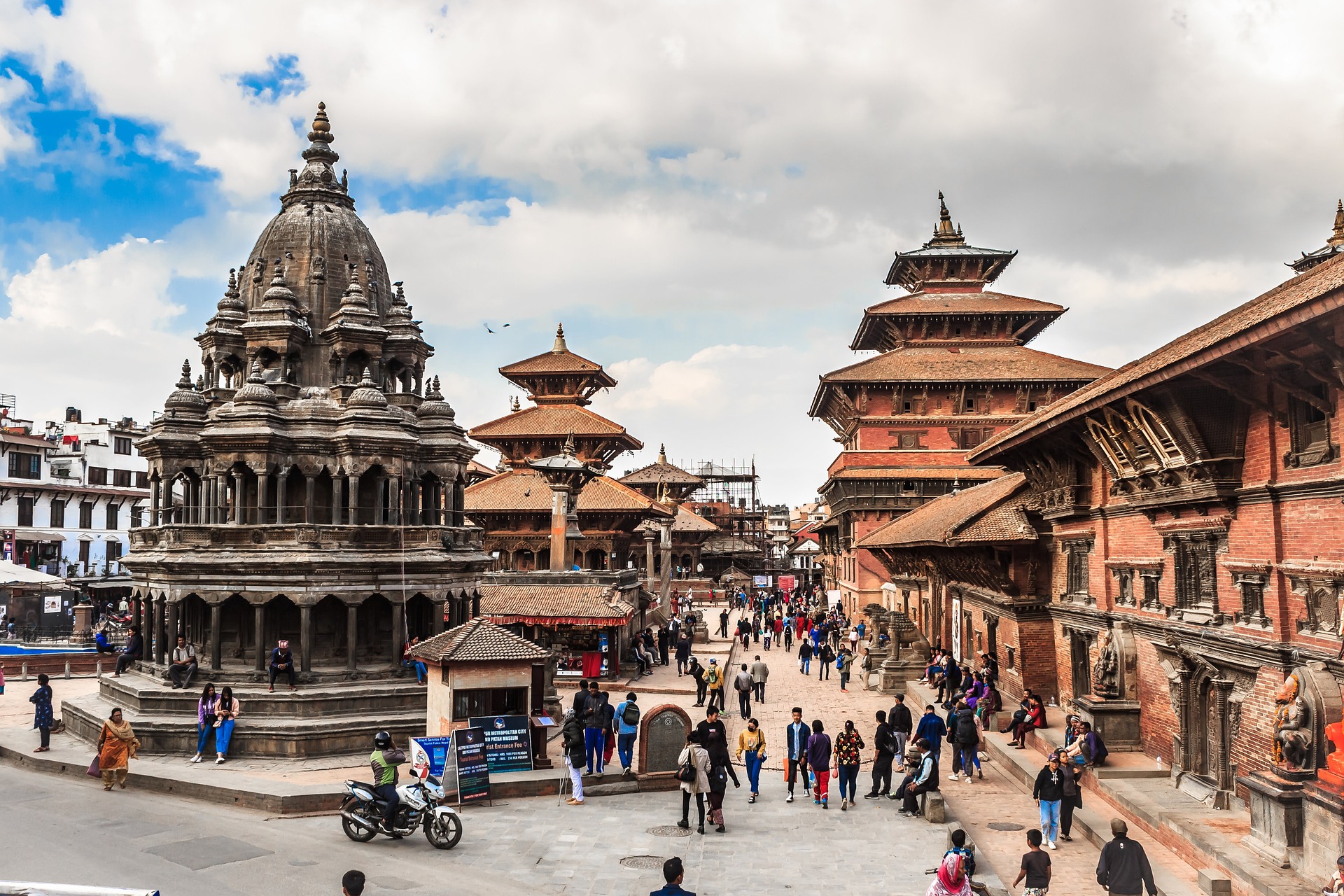
Day 3
There is a 30-minute flight to the lakeside city of Pokhara, then a drive of less than an hour to Nayapul. You will start your trek here. In 15 minutes or so, you will reach Birethanti, a large village featuring many shops and tea houses. The trail goes along the north bank of the Bhurungdi Khola, climbing steadily until Hille is reached. At the end of a short climb is Tikhedhunga where you will stay for the night.
Day 4
After Tikhedunga, there is a steep climb to the large village of Ulleri. The ascent then continues, but more gently. You will pass through forests of oak and rhododendron before reaching Banthani. You will then continue to Nangethanti. An hour after that, you will come to Ghorepani where you will stay for the night.
Day 5
You will rise early this morning and hike to Poon Hill. Here you will be presented with the best possible view of the fabulous Annapurna and Dhaulagiri ranges. You will then return to the tea house for breakfast and walk to Tadapani.
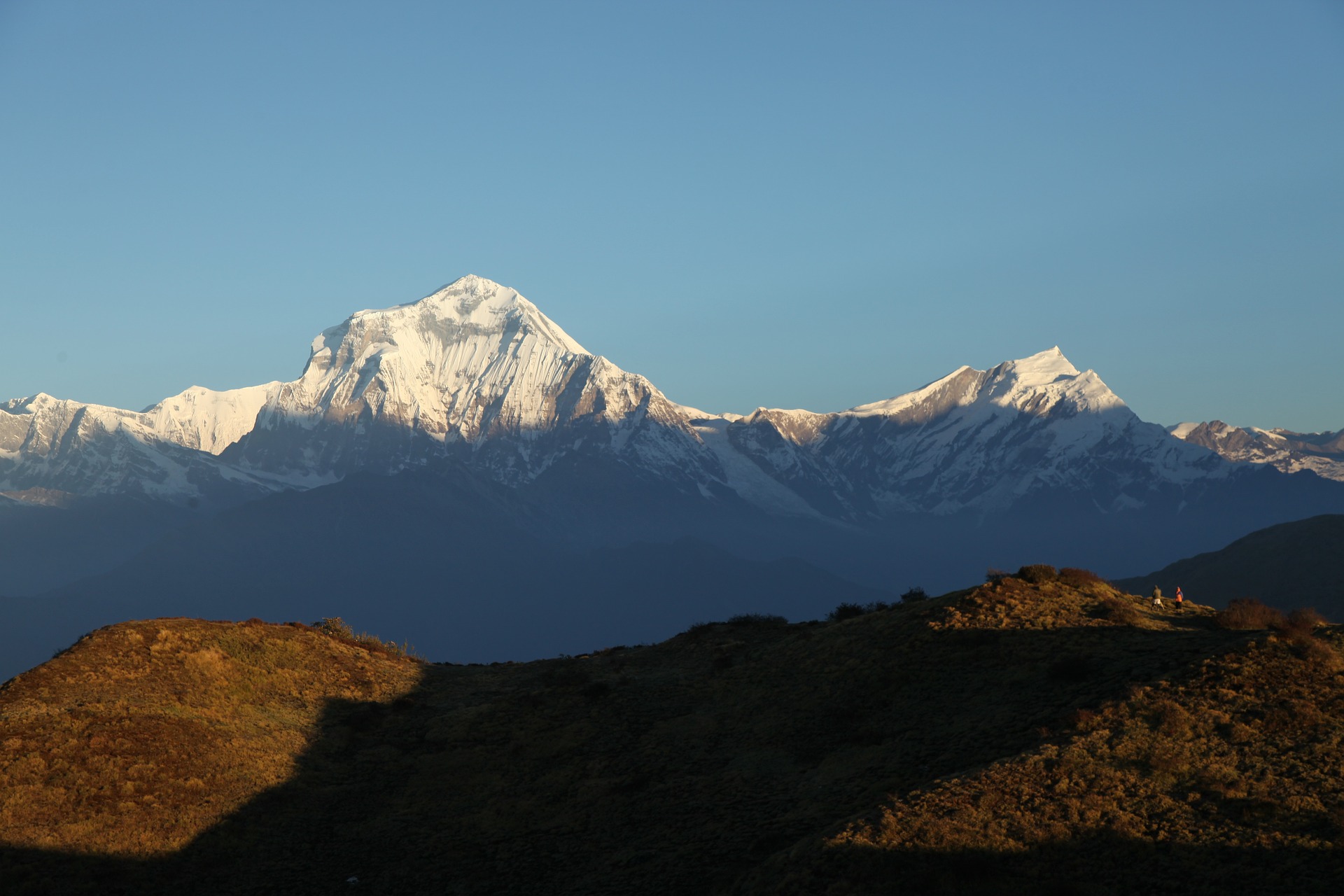
Day 6
At first, the trail leads sharply downhill through forests but later it eases as you approach the village of Gurjung. The walk to Chhomorung is fairly easy. You will stay at Chhomorung for the night. There are many chalet-style, wooden lodges in Chomrong (2210m) which have great views out toward the prominent Machhapuchhre (Fish-Tail Peak). A brilliant place to end the day!
Day 7
The trail descends to Chhomorung Khola and then ascends to Khudighar where there is a checkpoint. In less than 2 hours of trekking, you will reach the village of Sinuwa where you will take a welcome break. From here, the trail continues to climb through terraced fields and then through forest of rhododendron and bamboo to the ridge crest at ‘Sinuwa Hill Top’ which you should reach after a further hour. You will stay the night at Bamboo.
Day 8
You will begin the day by traversing the bamboo and rhododendron forests before arriving at Dovan where you will stop for lunch. You will stay the night at Hinko, or in particular, Deurali, which is on the ridge above.
Day 9
This day, the trail rises on the way to Annapurna Base Camp. Here, the mountain scenery is at its most spectacular with towering mountains surrounding you.
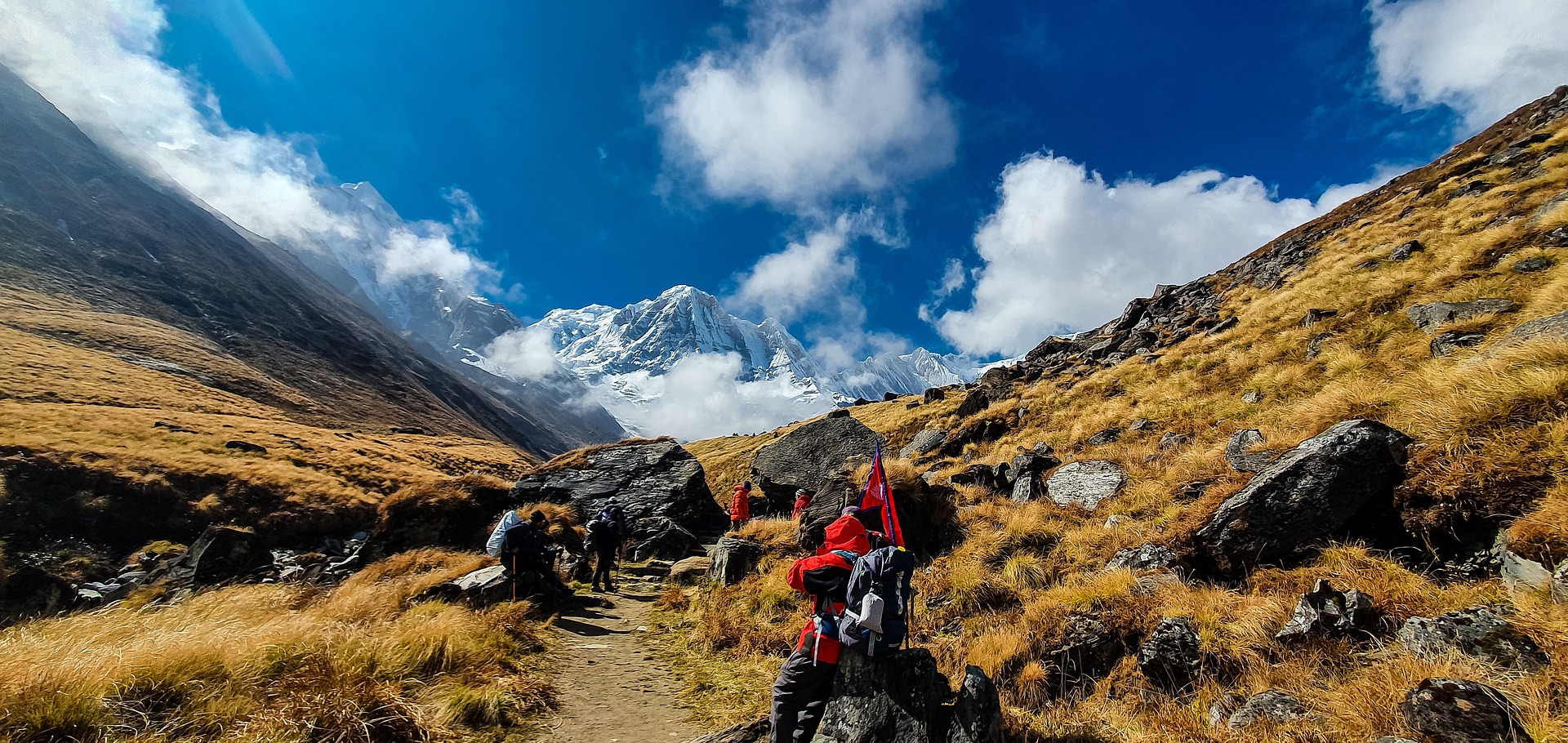
Day 10
Now, it is time to explore the Hidden Valley before returning to Dovan. You will have the option to walk from your camp to Annapurna South Basecamp (4130m) which is a distance of only 4 kilometres. Along the walk, you will witness increasingly impressive mountain views and jaw-dropping scenery. At South Basecamp, you will be rewarded with views of the entire south face of Annapurna.
Day 11
You will trek to Jhinu Danda, where there is a hot spring in which you will doubtless spend time in the evening.
Day 12
Trekking now takes you in the direction of Pothana via Landruk. Look out for the waterfalls along the way. Today is a relatively easy trek with a fairly level 2-hour trail.
Day 13
Two hours are spent walking downhill to Phedi, which is fairly easy. At Phedi, the road links to Pokhara, a half hour drive away.
Day 14
You will return to Kathmandu.
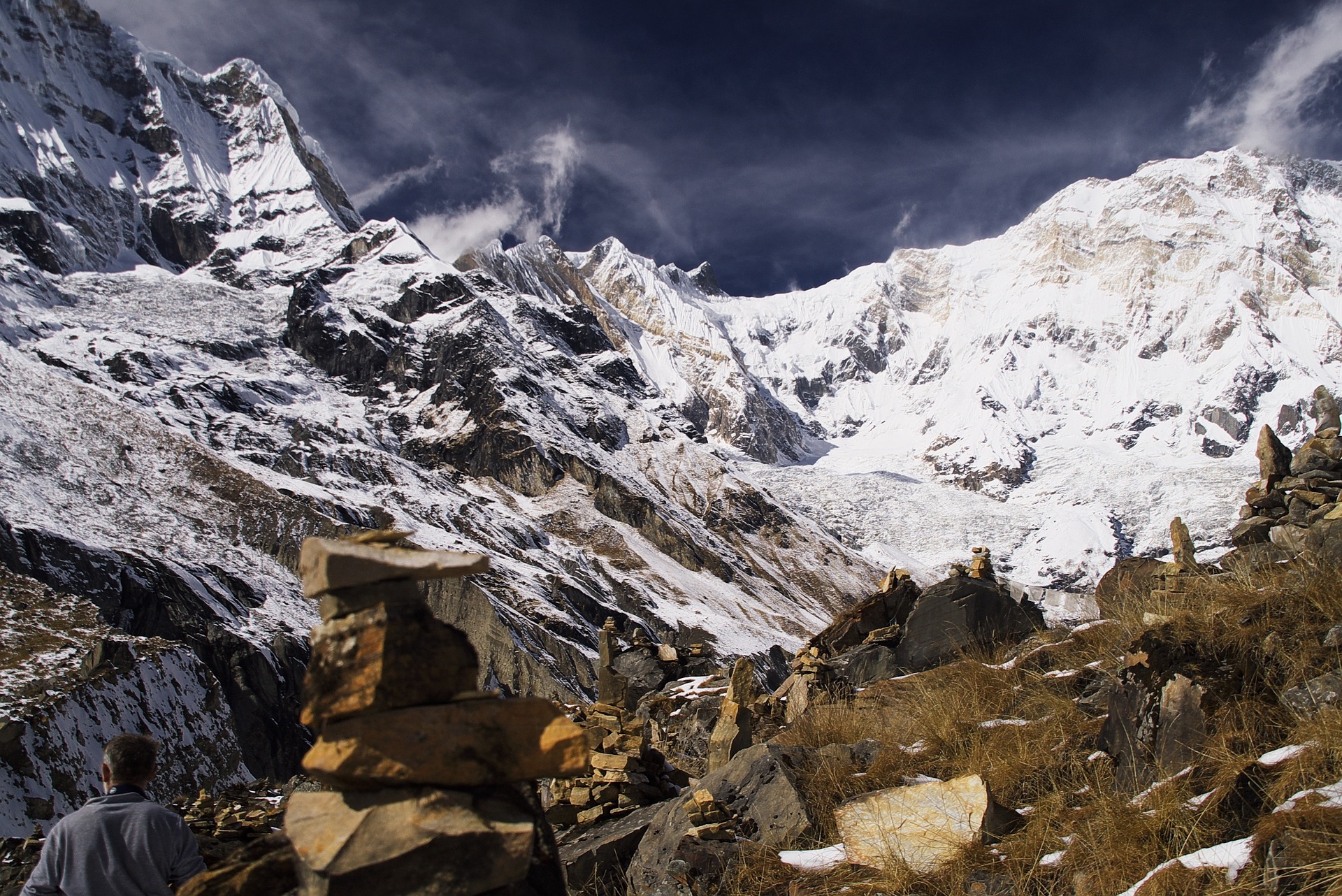
Annapurna Sanctuary Hike FAQ
How much does the Annapurna Sanctuary Hiking cost?
The Annapurna Sancturary Trek costs anywhere between $2,000 and $3,500. Ideally, you should complete the trek using a top trekking agency in Nepal. However, you also have the cheaper option of completing the trek unsupported. which could be done for as little as $1,000.
Are permits required for hiking in the Annapurna Sanctuary?
Yes, both an Annapurna Conservation Area Project permit and Trekker Information Management System (TIMS for short) registration are required for the Annapurna Sanctuary trek.
If you are part of an organised tour group, these will be arranged for you, but if you are trekking unsupported, you will have to bring four passport-sized photographs and go to the offices of the Nepal Tourism Board in Kathmandu to apply for permits.
We recommend bringing copies of your passport and insurance policy. The offices follow government working hours and days and are not open on Sundays.
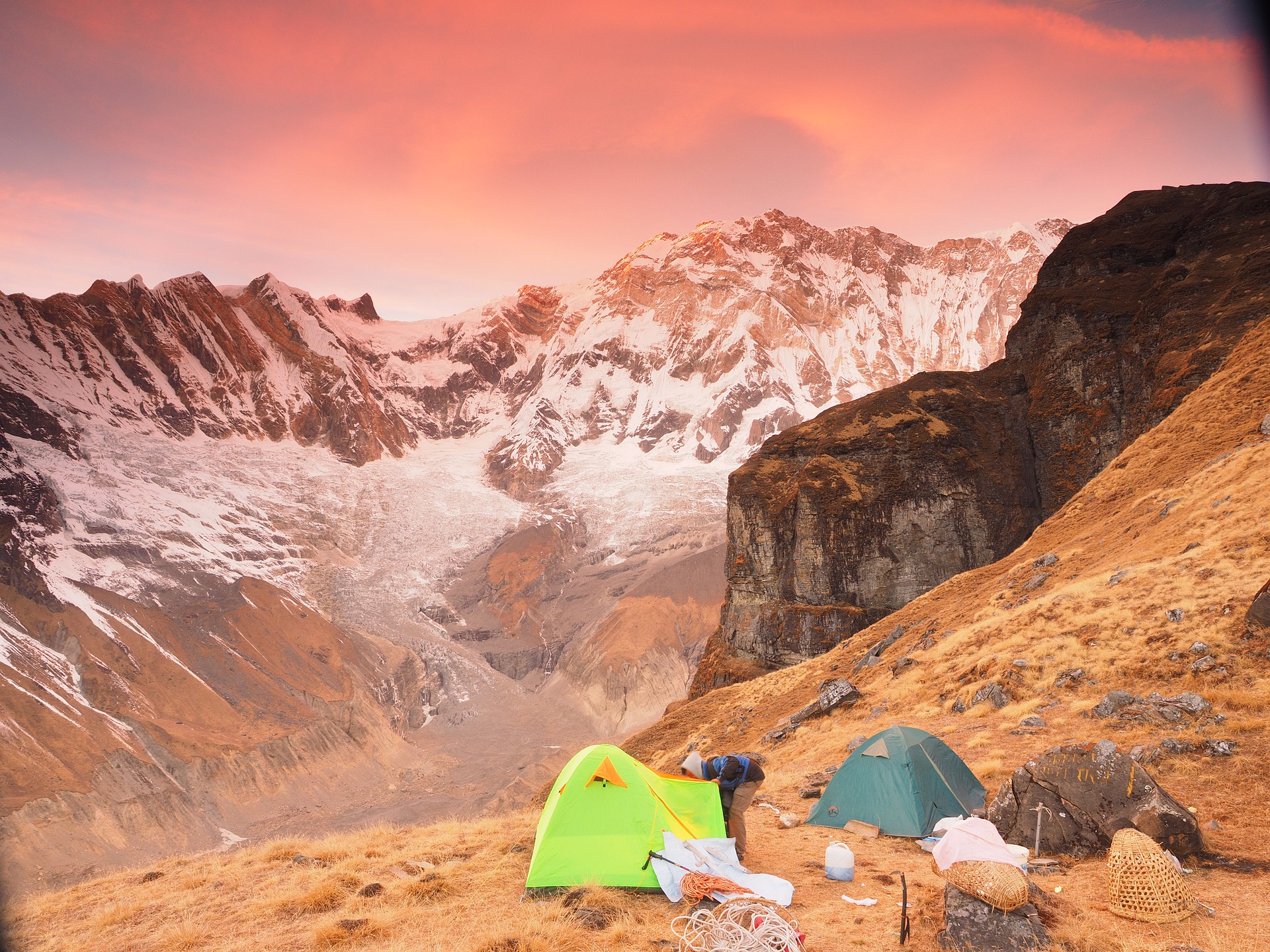
When is the best time to trek in the Annapurna Sanctuary?
The best time to trek Annapurna Sanctuary is from September to May. June, July and August are the monsoon months.
In spring, forests erupt with white, red and pink rhododendron flowers.
September-November is generally the best time of year for trekking in Nepal. This is when there are few clouds and clear views.
There is less than half an inch of precipitation in November, but temperatures can get very cold in the Winter (Nov-Feb).
Is altitude sickness a risk on the Annapurna Sanctuary hike?
Yes, altitude sickness is a risk on the Annapurna Sanctuary Trek because it ascends to some high-altitude points. At its highest point, the Annapurna Base Camp, you will reach an altitude of 4,130 meters (13,550 feet). Fortunately, because of the trek's length, the opportunities for appropriate acclimatisation are good, and hence the prevalence of moderate or severe altitude sickness is low.
Even so, it is important to have a clear understanding of the risks associated with high altitude trekking and how the body acclimatises to high altitude. We recommend you read our detailed article on Altitude Sickness and Acclimatisation.
How difficult is the Annapurna Sanctuary hike?
The Annapurna Sanctuary hike is of moderate difficulty. You will be trekking for 4-7 hours a day for over a week, so you will need to be relatively fit. The best way to prepare is to get as many miles under foot as possible on trails in your home country.
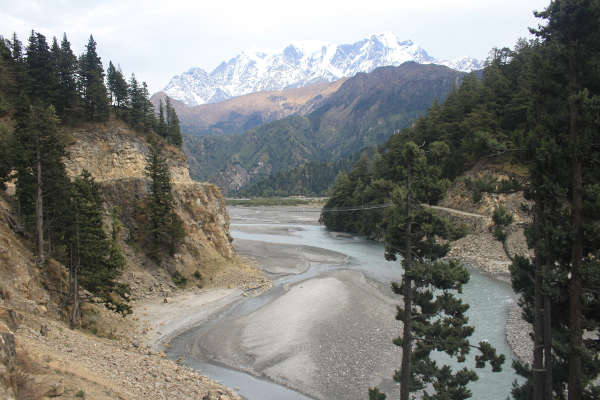
What gear do I need for the Annapurna Sanctuary trek?
You need a number of essential pieces of gear for the Annapurna Sanctuary trek. The Annapurna Sanctuary Trek is long and moderately difficult, exposing you to a range of altitudes where temperatures fluctuate dramatically between night and day.
Much of your gear can be rented or bought in Kathmandu or Pokhara, but we strongly suggest bringing the most important pieces of equipment with you. To help you plan and prepare for your trek, we recommend reading our general hiking gear list or our Annapurna Circuit packing guide.
What trekking insurance do I need for Annapurna Sanctuary?
Trekking insurance is very important in Nepal. This is particularly true on the Annapurna Sanctuary Trek which is very remote.
If an accident or incident should occur that requires immediate medical assistance and evacuation, you will most definitely want adequate trekking insurance that can cover the costs of air ambulance and treatment.
Make sure you have insurance that covers you for any travel related risks, like lost, stolen, damaged or delayed baggage; interruptions and flight delays and tour operators default.
Please read our article on Travel insurance for hiking in Nepal for more information.
Are there any recommended guidebooks and maps for the Annapurna Sanctuary trek?
Yes, there are a few guidebooks that we recommend for the Annapurna Sanctuary trek.
Books dedicated to the Annapurna Sanctuary Trek are Trekking the Annapurna Circuit and Annapurna Sanctuary in the Nepal Himalaya by Ian P Johnson and Annapurna Sanctuary and Circuit by Alonzo Lucius Lyons.
In terms of a single detailed map, we recommend the Himalayan MapHouse’s New Annapurna Trekking Trails Map, which can be bought in Kathmandu, Pokhara or on Amazon UK (unfortunately it is not on Amazon US yet).
You are also welcome to have a look at our recommended list of Nepal books and guidebooks library for more options.
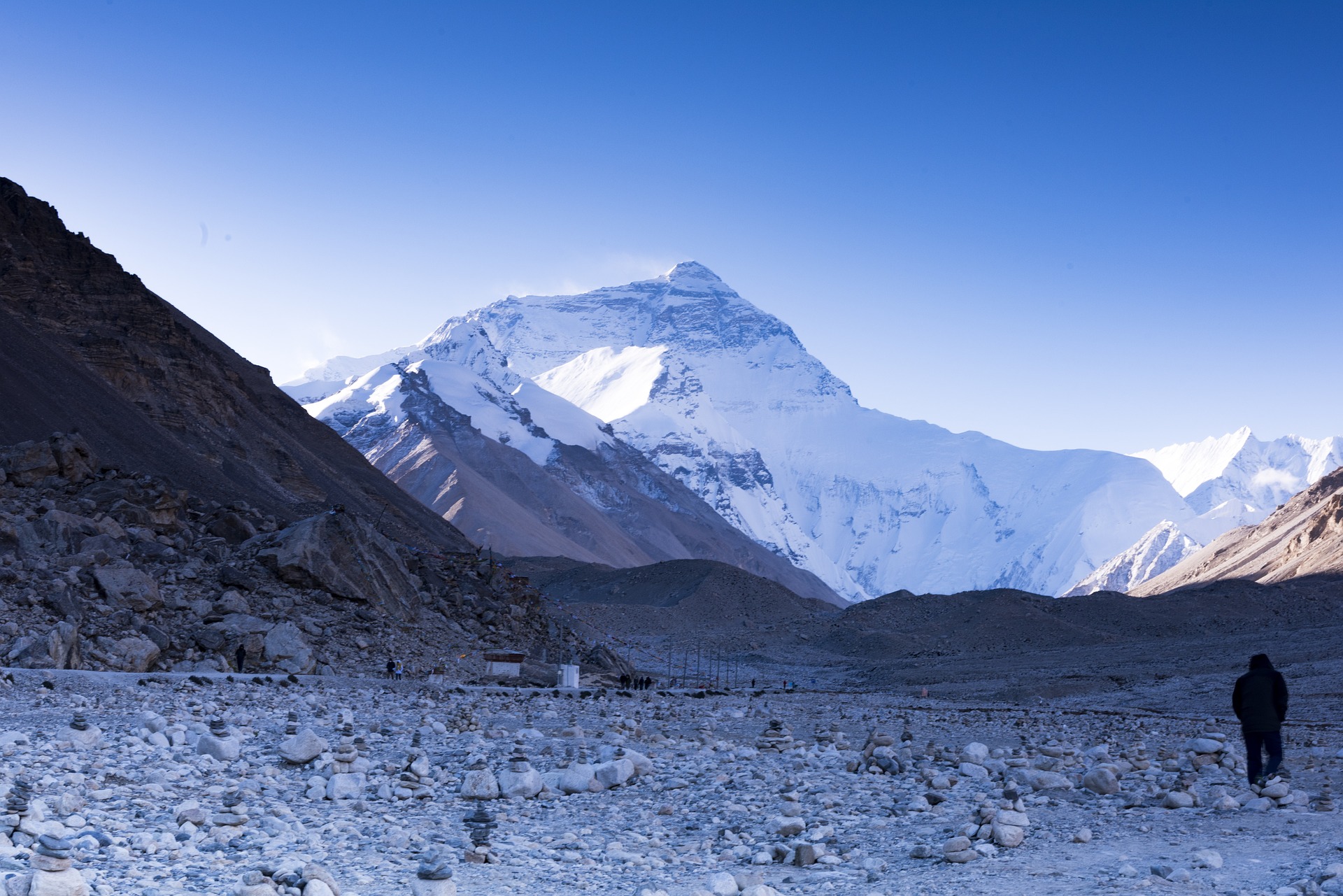
Continue browsing
See more information on Nepal. Or check out these other Annapurna hiking articles:

